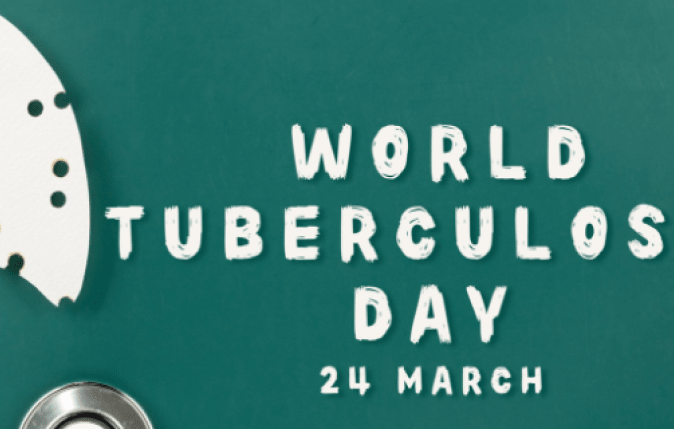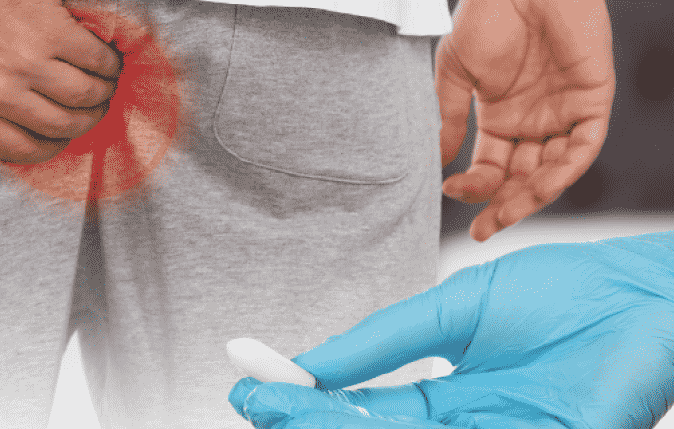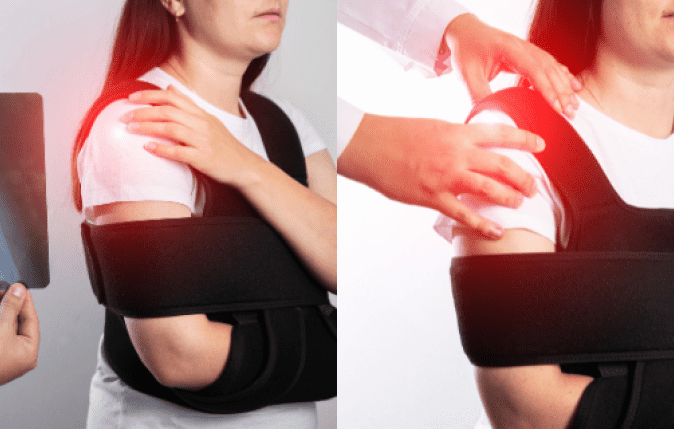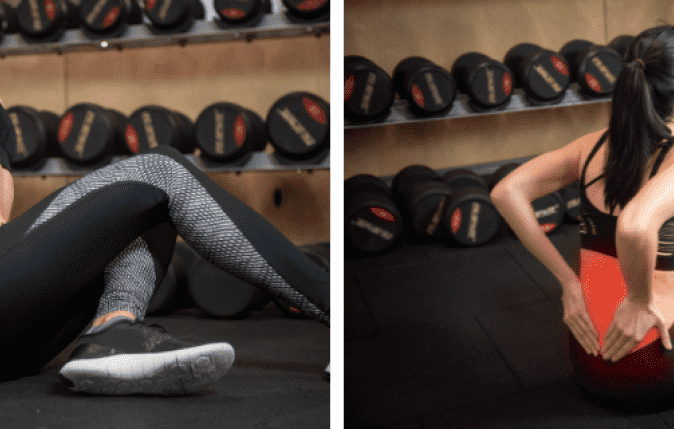Managing Joint Disorders Through Ayurveda : A Holistic Approach to Healing
Joint disorders are a common ailment that affects individuals of all ages and can significantly impact their quality of life. The conventional medical approach focuses on symptomatic relief through medication and surgery. However, Ayurveda, an ancient Indian system of medicine, offers a holistic approach to understanding and treating joint disorders. In this article, we will delve into the Ayurvedic perspective on joint disorders, explore the diagnosis and management strategies offered by Ayurveda, and highlight the significance of Ayurvedic lifestyle practices in promoting joint health.
Understanding Joint Disorders in Ayurveda:
In Ayurveda, joint disorders are classified under the category of “Sandhi Vata.” According to Ayurvedic principles, joint disorders are primarily caused by an imbalance in the three doshas – Vata, Pitta, and Kapha. Imbalanced Vata dosha is considered the main culprit in joint disorders, leading to symptoms such as pain, swelling, stiffness, and reduced mobility. Ayurveda also emphasizes the role of Ama, which refers to the accumulation of toxins in the body, in the development of joint disorders.
Diagnosis of Joint Disorders in Ayurveda:
Ayurvedic diagnosis involves a comprehensive examination of the patient, focusing on the individual’s unique constitution (Prakriti) and the imbalance of doshas. Ayurvedic practitioners employ techniques such as observation (Darshana), palpation (Sparshana), and questioning (Prashna) to gather information about the patient’s symptoms, medical history, and lifestyle. This individualized approach to diagnosis allows for personalized treatment strategies.
Ayurvedic Management of Joint Disorders:
Ayurvedic treatment for joint disorders aims to restore the balance of the doshas and eliminate the underlying causes. The treatment plan includes dietary recommendations, lifestyle modifications, herbal remedies, and therapeutic procedures. Ayurvedic herbs like Shallaki (Boswellia) and Guggulu (Commiphora mukul) are known for their anti-inflammatory and pain-relieving properties. Ayurvedic therapies such as Panchakarma, which includes procedures like Virechana (therapeutic purgation) and Basti (medicated enema), are also employed to eliminate toxins and restore joint health.
Panchakarma Therapies for Joint Disorders:
Panchakarma, a set of five therapeutic procedures, plays a vital role in managing joint disorders. Virechana helps in eliminating excess Pitta dosha and toxins from the body, while Basti is highly effective in balancing Vata dosha and nourishing the joints. These therapies are performed under the guidance of a skilled Ayurvedic practitioner and provide deep cleansing and rejuvenation to the body, thereby promoting joint health.
Panchakarma Therapies for Joint Disorders: A Key to Rejuvenating Joint Health
In the realm of Ayurveda, Panchakarma stands as a cornerstone for healing and rejuvenation. This set of five therapeutic procedures plays a crucial role in managing joint disorders by addressing the root causes and restoring balance in the body. Two key Panchakarma therapies, Virechana and Basti, hold particular significance in promoting joint health.
Virechana, a therapeutic purgation procedure, focuses on eliminating excess Pitta dosha and toxins from the body. Pitta dosha, when aggravated, can contribute to inflammation and pain in the joints. By removing these imbalances, Virechana helps in reducing inflammation, improving digestion, and eliminating toxins, ultimately supporting the overall health of the joints.
Basti, on the other hand, involves the administration of medicated enemas to balance Vata dosha and nourish the joints. Vata dosha, when imbalanced, can lead to dryness, stiffness, and decreased mobility in the joints. Basti therapy employs herbal decoctions, oils, and other nourishing substances to lubricate and strengthen the joints, enhancing their flexibility and functionality. It also aids in the elimination of Ama (toxins) that can accumulate in the joints, promoting their health and longevity.
It is essential to emphasize that Panchakarma therapies should always be performed under the guidance and supervision of a skilled Ayurvedic practitioner. They possess the expertise to customize the treatment according to an individual’s specific needs and ensure its safe and effective implementation.
The profound benefits of Panchakarma extend beyond the joints themselves. These therapies provide deep cleansing and rejuvenation to the entire body, purifying the tissues, improving cellular metabolism, and restoring overall balance. By addressing the root causes of joint disorders and promoting the body’s innate healing mechanisms, Panchakarma therapies offer a comprehensive and holistic approach to managing joint health.
Panchakarma therapies, particularly Virechana and Basti, play a pivotal role in the management of joint disorders through Ayurveda. With their ability to eliminate imbalances, toxins, and promote rejuvenation, they contribute to the overall well-being of the joints. By undergoing these therapies under the guidance of a qualified Ayurvedic practitioner, individuals can experience profound healing, restored mobility, and enhanced joint health.
Yoga and Exercise for Joint Health in Ayurveda:
Ayurveda recognizes the importance of physical activity and recommends specific Yoga postures (asanas) for maintaining joint flexibility and strength. Yoga helps in improving circulation, reducing inflammation, and enhancing overall well-being. Ayurvedic exercises like Abhyanga (self-massage) and Surya Namaskar (Sun Salutation) are also beneficial for joint health. It is essential to practice these exercises under the guidance of a qualified Yoga instructor and make modifications based on one’s individual needs and limitations.
Prevention and Lifestyle Recommendations:
Prevention is always better than cure. Ayurveda emphasizes the significance of maintaining a healthy lifestyle to prevent joint disorders. This includes adopting a balanced diet, regular exercise, stress management techniques, and adequate rest. Seasonal considerations are also taken into account, as changes in weather can affect joint health. Ayurveda provides practical recommendations for each season to maintain the balance of the doshas and minimize the risk of joint disorders.
Ayurveda offers a holistic approach to understanding and managing joint disorders. By addressing the root causes of imbalance in the doshas, Ayurvedic treatments aim to restore harmony and promote overall well-being. The personalized nature of Ayurvedic diagnosis and treatment ensures that individuals receive tailored care for their specific needs. Incorporating Ayurvedic lifestyle practices, such as Yoga, into daily routines can contribute to maintaining joint health and preventing the onset of disorders. It is always advisable to consult with a qualified Ayurvedic practitioner to receive appropriate guidance and treatment.
In the journey toward joint health, Ayurveda offers a comprehensive framework that combines ancient wisdom with modern understanding. By embracing this holistic approach, individuals can embark on a path of healing and find relief from joint disorders, leading to a more balanced and fulfilling life.

















